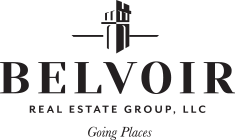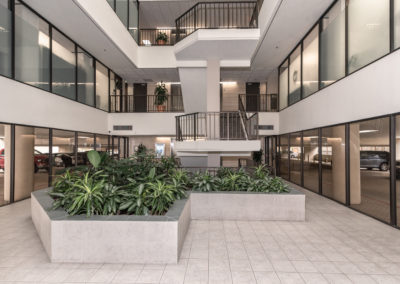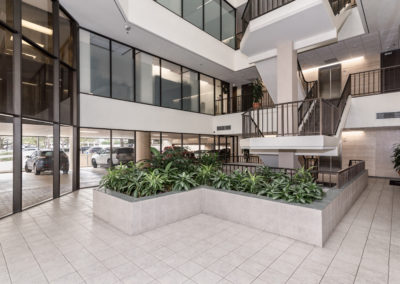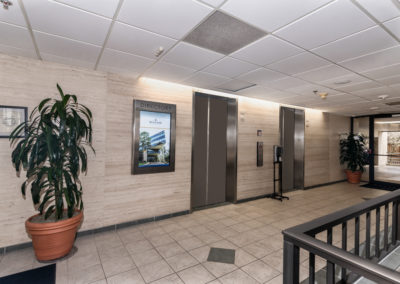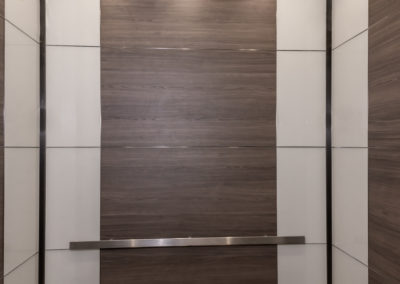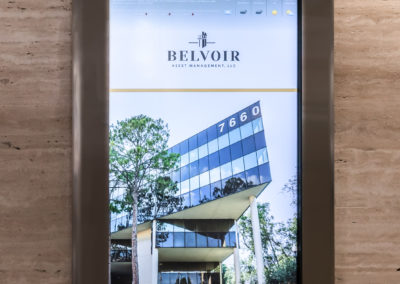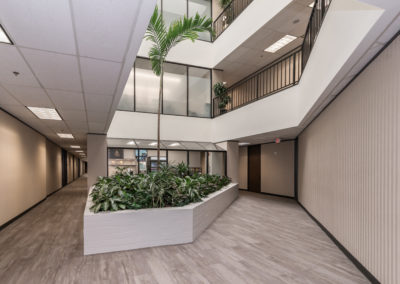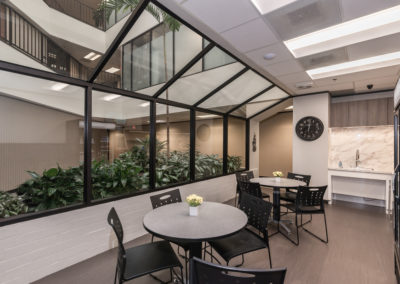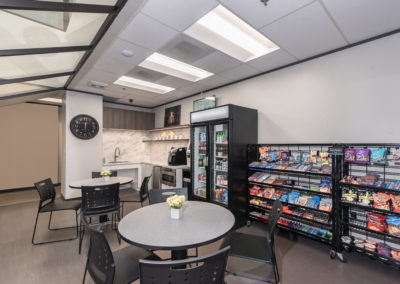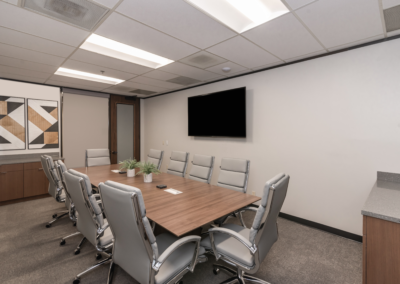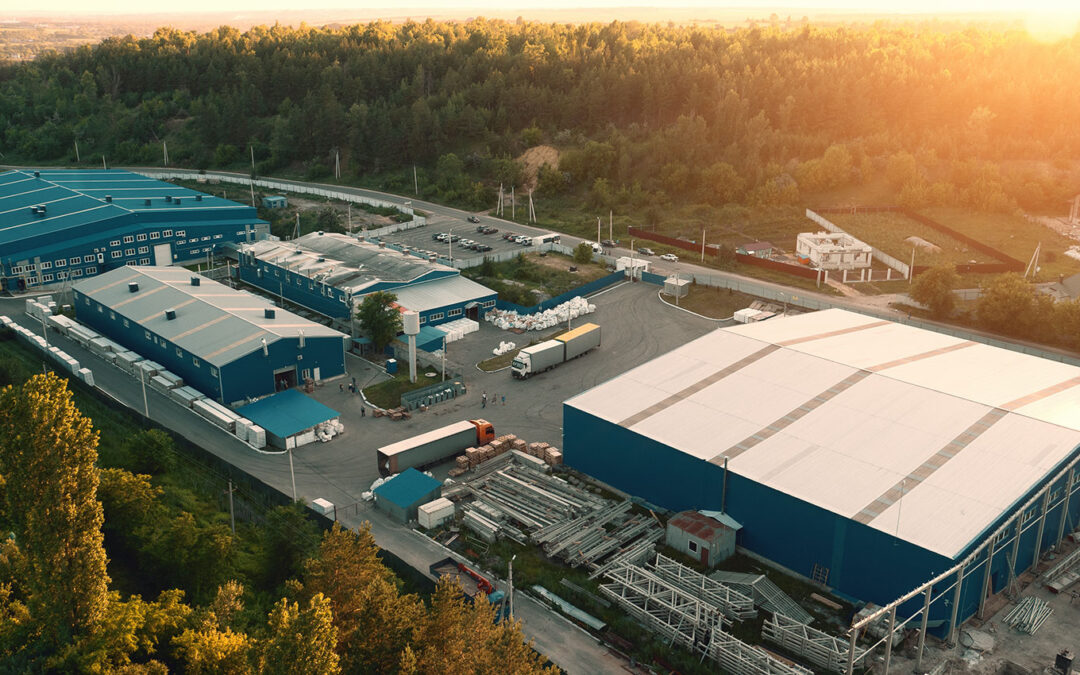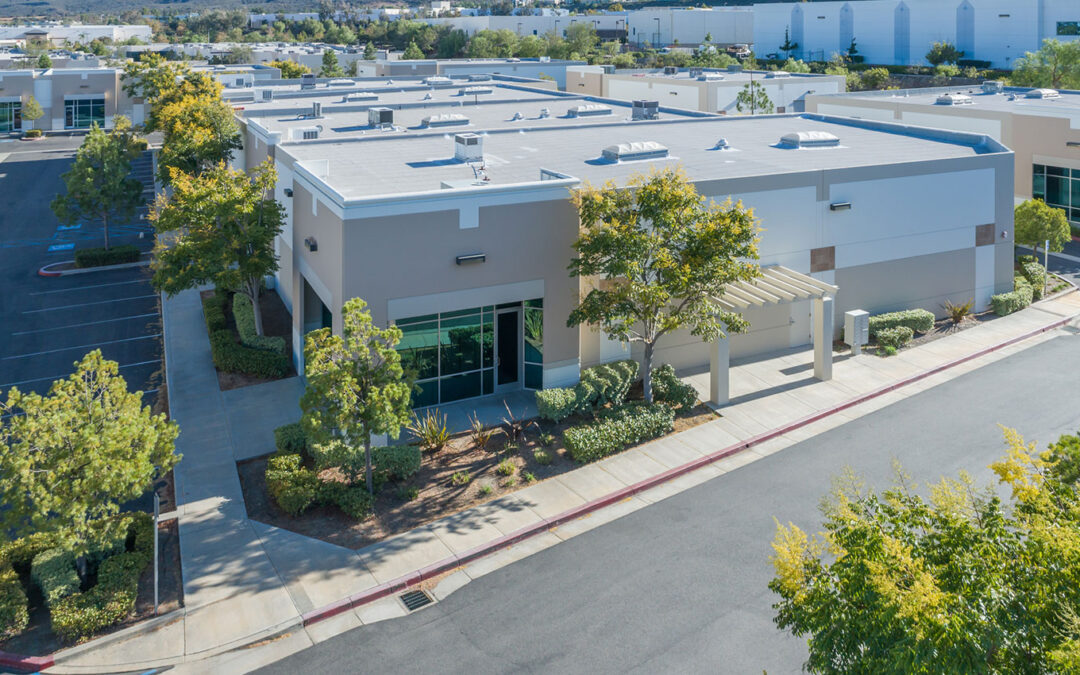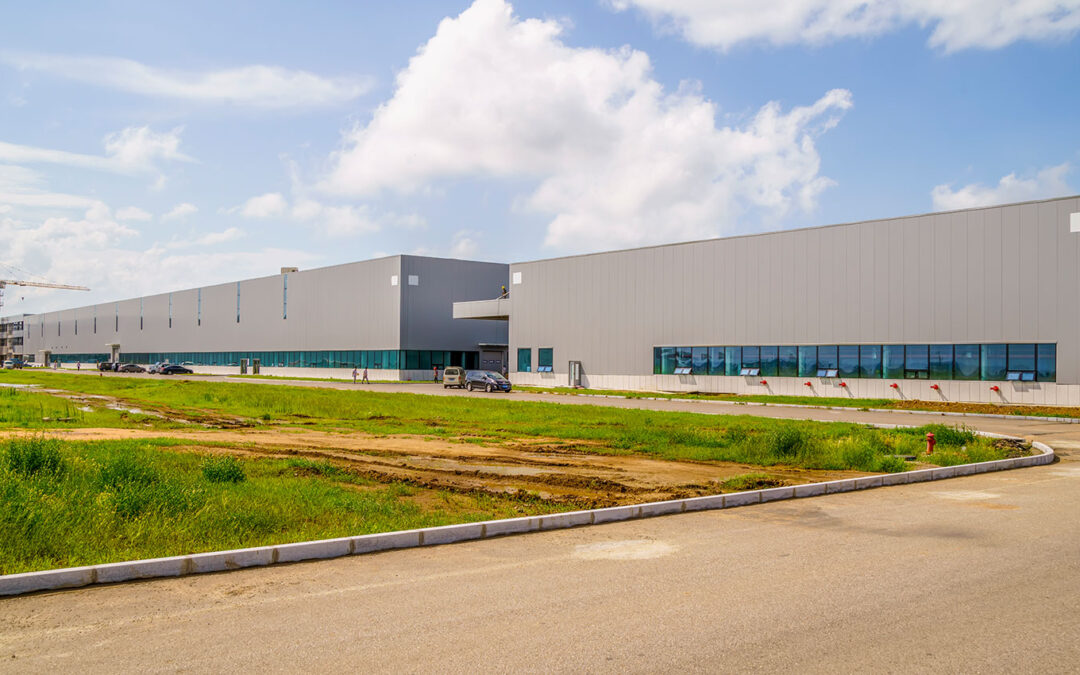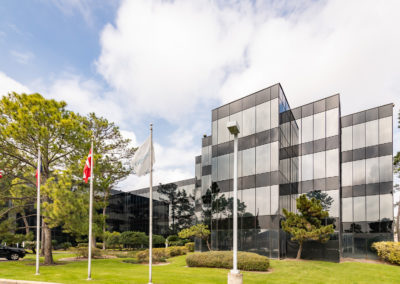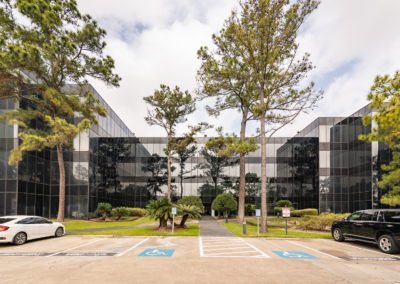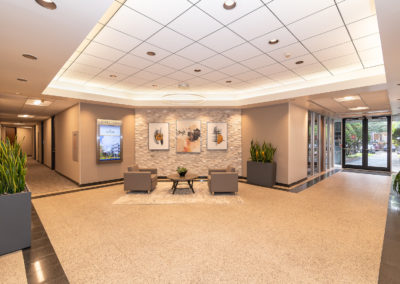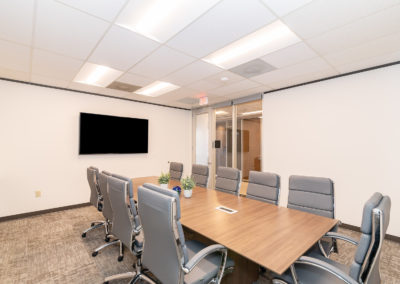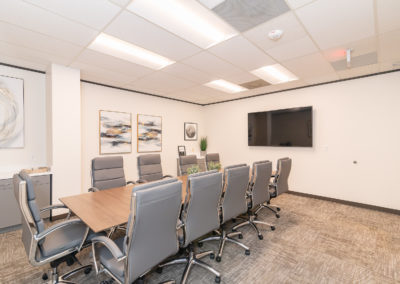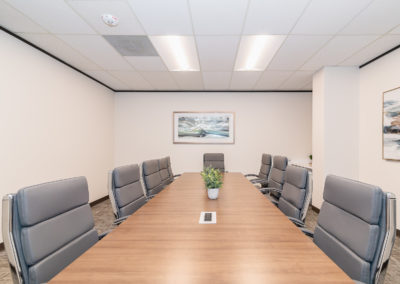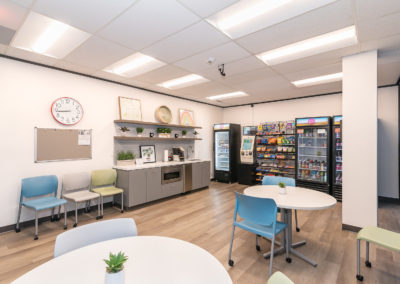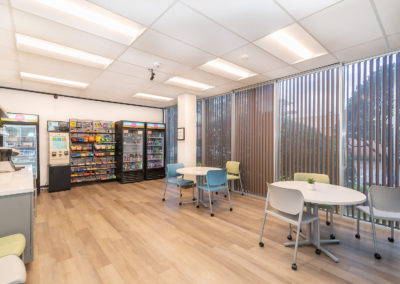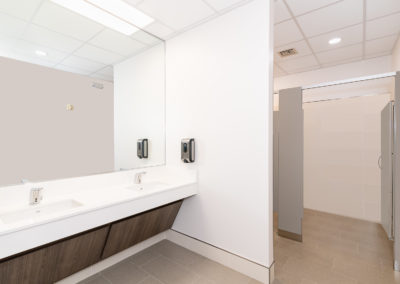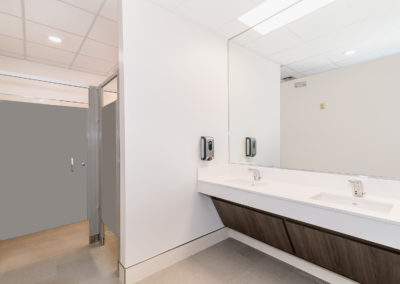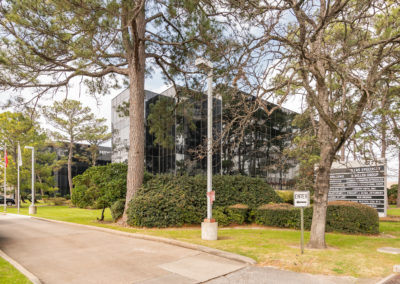Return to Office Statistics
In the past five years, the rise of remote work has changed how companies use office space. The structural changes affecting the commercial real estate sector include increases in flexible and co-working spaces and shorter office leases.
In 2023, many major companies, including Disney, JP Morgan, Salesforce, Google, and Starbucks, are pushing employees to return to the office at least a few days a week. This has resulted in offices being more than 50% filled for the first time since the start of the pandemic.
During the pandemic, as vacancies escalated, some property owners started offering shorter leases. As many areas are now seeing a steady uptick in occupancy, this turned out to be a smart choice.
Newer Properties Are Driving Net Absorption Rate
Newer or renovated office buildings are driving the absorption rate in most parts of the U.S., including Texas and the rest of the Sun Belt. Tech companies have led the charge back into the office, though they aren’t the only sector returning. Google has continued to expand its office space investments.
All of that bodes well for investing in office space. However, with the normalization of remote work and the possibility of a recession in 2023, many business owners are realizing they don’t need as much office space as they did before.
The first two quarters of 2022 saw a net absorption of 236.4 million square feet, while the second half of the year saw a reduction of 176.1 million square feet.
Texas Metro Areas Lead the Country in Return to Office Statistics
Kastle Systems, a security technology firm, has collected return to office statistics around the United States. According to the keycard data they track, Austin and Houston lead the country for the number of workers returning to the office, with Dallas close behind.
Some workers are on a hybrid schedule, but Austin was already reaching 68% occupancy earlier this year. Houston registered at 60%, and Dallas was at almost 60%.
Factors Influencing U.S. Office Space
Overall, and especially outside of Texas, the percentage of U.S. workers returning to the office is lagging behind Europe, the Middle East, and Asia. Even as many large companies demand that workers return to the office, some employees are pushing back.
Three significant factors are influencing this trend in America. According to CNBC, they include:
- Larger houses with more private space
- Less access to public transit in most areas
- A competitive labor market that favors workers, many of whom do not want to return
As many as 39% of workers reported they would quit if their employers weren’t at least flexible about letting them work a few days a week remotely. Other businesses have found that forcing workers to return to the office results in disengagement and reduced productivity, recently coined “quiet quitting.”
Office Space, Reimagined
For companies with a significant percentage of their workforce on a hybrid work schedule, many are using a hot-desking model. This arrangement allows workers who come to the office on different days to share a desk.
Some companies, like Google, are helping employees bridge the return to office life by creating co-working spaces and offering in-office amenities. There’s an increased focus on human-centric design and supporting collaboration and creativity.
So a steady uptick in office occupancy will likely continue, but it is strongest in remodeled and newer properties. Not all businesses are willing or able to demand their entire workforce return to the office immediately.
Creative and Adaptive Solutions for Vacant Office Space
Even as businesses are slow to return to pre-pandemic levels of occupancy, owners are finding creative ways of generating income. Fortunately, there is a long list of ways to profitably repurpose an older or vacant office building. The best and highest use depends on the property and the community it’s in.
Industrial Facilities
The demand for industrial properties and storage facilities has been on the rise, and some office building owners have taken advantage of this marketplace by converting their spaces into industrial facilities.
Event Spaces
Others have taken on private events, giving people a clean and private space to host everything from birthday parties to banquets. This can offer an affordable alternative to hotels but adds considerable foot traffic and additional cleaning requirements to property management.
Co-Housing or Hotels
In dense areas that lack affordable housing, some owners are converting old office spaces into co-housing properties. Others are converting office buildings into hotels.
Professional Training and Development
Perhaps simpler and more in line with the normal use of office space, some owners of office buildings with high vacancies are opening their properties for professional development and training. Fully remote companies sometimes need a professional space to get together as a company or as a team.
Photography or Videography Studios
Photographers, artists, and video production teams all need large spaces with plenty of storage for equipment. They need to be able to meet with clients and have space to produce their work.
Seasonal Retail Businesses
Some businesses make all of their sales during one season, whether it’s Christmas, summer, or another holiday. Most towns have a variety of bazaars or pop-up events with different booths selling handmade crafts, art, and other unique items. A floor of an office building can be perfect for a short-term event like this.
A Flexible Approach to Office Space
Commercial real estate, especially office space, has seen a lot of changes in the past few years. As many companies slowly and steadily bring more of their workforce into the office, occupancy steadily rises. Meanwhile, property owners are finding creative and resourceful ways to repurpose vacant office space in useful and profitable ways.
Belvoir Can Help
Whether you are curious about commercial real estate investment opportunities, looking for an experienced team to manage your current properties, or looking for development solutions to repurpose existing office buildings, our team of experts is here to help.
